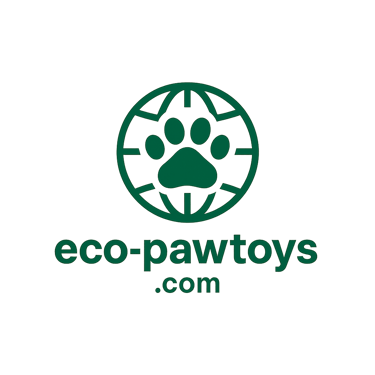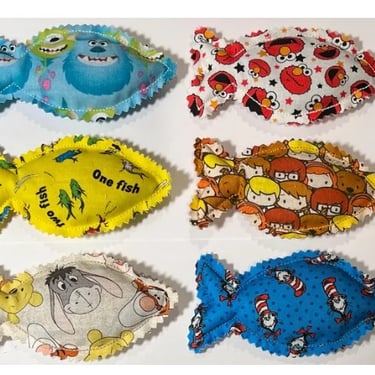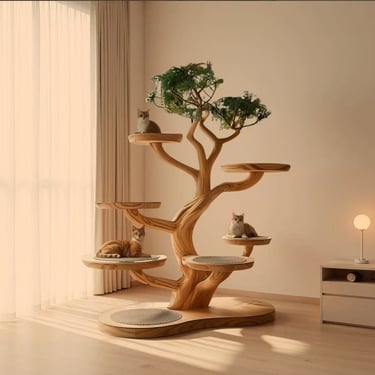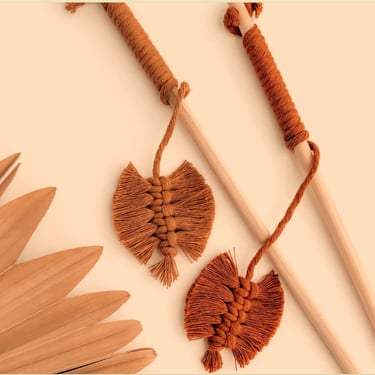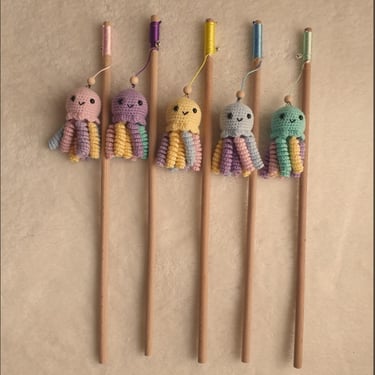Save on durable cat toys today!
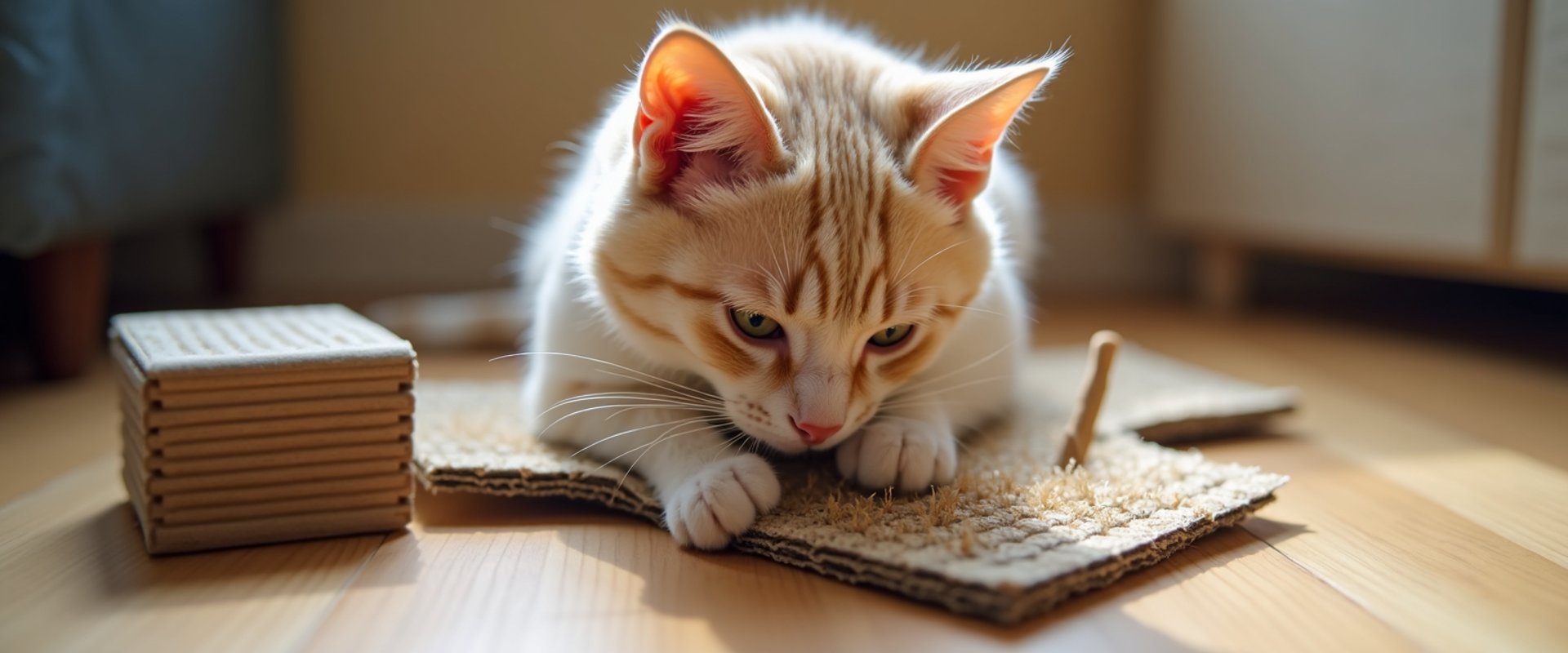
“Plastic-Free Cat Toys — Safe for Cats, Kind to the Planet”
“Durable, eco-friendly toys and scratchers for happy, healthy cats.”
Learning Center
You didn’t come this far to stop
5 Eco Cat Toy Secrets I’ve Heard in High-Level Rooms (That Most Pet Parents Never See)
Every so often I get invited into conversations with some of the sharpest people in the eco pet space. Behind closed doors, these folks swap ideas that don’t always make it into the public blogs or marketing campaigns. Let me pull back the curtain for a moment and share a few of the gems I’ve picked up:
It’s not just about “eco”—it’s about durability. The smartest brands know that if a toy falls apart fast, it isn’t sustainable—no matter the materials. They obsess over longevity.
Cats crave texture diversity. The pros experiment with hemp ropes, corks, untreated woods, and organic cotton—because the more textures, the more stimulation (and the less likely cats are to get bored).
Minimalism wins. I’ve heard multiple people say that the best eco-toys often look “too simple” to humans. A ball of felted wool can outperform a fancy gadget when it comes to keeping cats engaged.
Packaging is part of the play. The most eco-forward thinkers design packaging cats can safely interact with—like recycled cardboard boxes that double as scratchers or hideouts.
Every product tells a story. Top performers don’t just sell a toy—they share the bigger narrative: how it was sourced, who made it, and how it fits into a sustainable lifestyle. That’s what keeps their audience loyal.
I can’t drop names, but I can tell you this: the people making real waves in the eco cat toy space think beyond “cute playthings.” They’re crafting experiences that align with values, behavior science, and sustainability.
🐾 Curious—if you’re a cat parent, which of these resonates most with you?
I used to write ECO TOYS FOR CATS content for people with massive followings…
And here’s the truth I picked up that not many talk about: it was never really about the toys.
Behind the curtain, I noticed something consistent—top performers weren’t just pushing “eco-friendly” features. They were selling identity. They framed toys as proof that you’re the kind of cat parent who cares, who’s thoughtful, who chooses better for your fur baby and the planet.
Here’s the unpopular part: the toy itself could be incredibly simple. A felt ball. A cardboard scratcher. But the way it was positioned made people feel like they were joining a movement, not just buying cat stuff.
So while most brands fight over “which sustainable material is better,” the people at the top quietly double down on storytelling, community, and shared values. That’s where the real traction comes from.
🐾 My takeaway? Eco cat toys aren’t just products—they’re symbols. And if you’re in this space, leaning into that truth is the difference between blending in and breaking through.
Here are 3 unpopular truths about ECO TOYS FOR CATS
1. “Eco” isn’t always sustainable.
A lot of brands slap the word eco on toys made from natural fibers, but if the toy falls apart in a week, it ends up in the trash just like plastic. True sustainability is about durability + materials, not just materials alone.
2. Cats don’t care about trends—people do.
Many brands chase buzzwords like “organic hemp” or “biodegradable corn fibers.” But the truth? Cats respond more to texture, movement, and scent than to labels. The brands that win are the ones that design for feline instincts first, and eco credentials second.
3. The packaging often matters more than the toy.
Here’s the quiet reality: cats are often more obsessed with the box, paper, or string than the actual toy. Smart eco-focused creators design packaging that doubles as enrichment—turning waste into play. Few talk about this, but the best in the game know it.
Cat Chew Toys
Durable toys made from natural fibers.
Scratch Surfaces
Ideal for aggressive chewers and scratchers.
Join Our Eco-Friendly Club
Get updates on durable cat toys!
